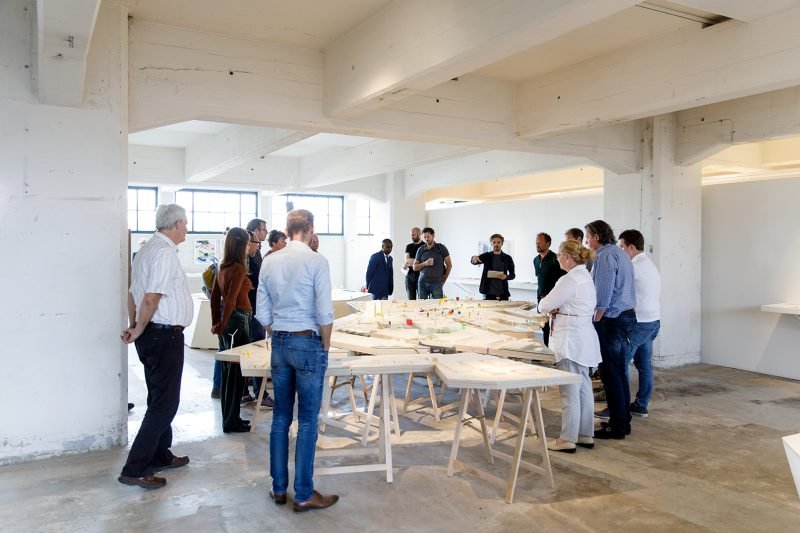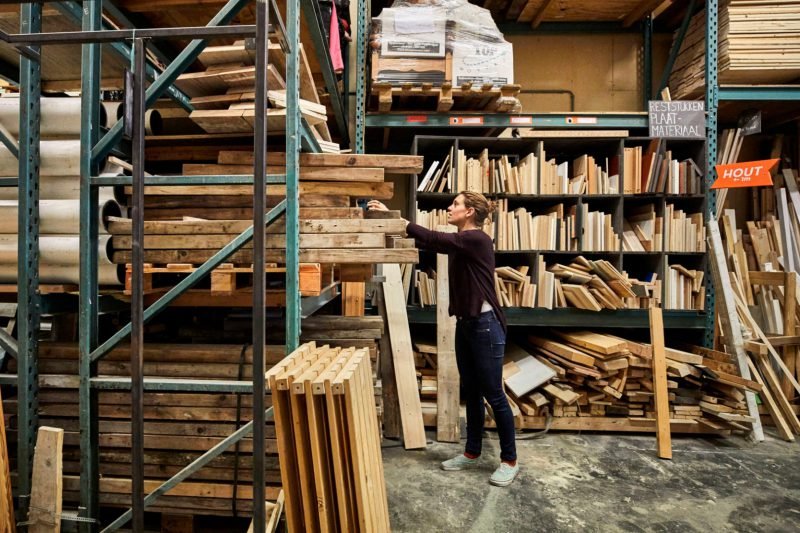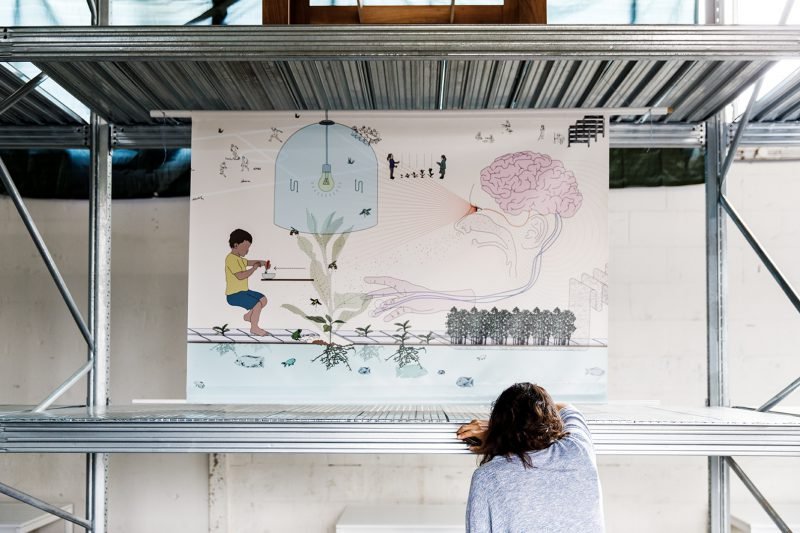On Kebab Foxes And The Urban Wildlife
Did you know that the average domesticated cat eats around sixteen birds a year? Your cat is not that innocent as it may appear — it’s still a wild tiger, only now living in a forest of houses instead of trees. The oyster-catcher used to reside in coastal areas, but now lives on the roofs of our cities. Crow’s nests made out of cable ties, string and pieces of wire — meet the urban nature of today.
‘Urban nature’ may sound like a contradiction, but the urban environment can actually be seen as a dense gathering of human nests, or buildings, in a natural environment which is totally tweaked by humans. It has become a man-made environment and animals react on this new eco-system. The swan in the photo is a great example of a species adjusting to the city as habitat. It is calmly brooding on a self-made nest of urban waste like plastic bags and bottles, floating in the canals of Amsterdam, while people take pictures and traffic passes by.

Kebab fox. Photo courtesy Laurent Geslin
Some animals do not survive in the city. The so-called ‘kebab fox’ from the picture, killed by a car, was cut open to investigate its health. In the stomach researchers found a kebab roll as well as the napkin belonging to the meal. Besides this unexpected food they also found a core of an apple, some cherries in syrup and a rabbit — altogether a nice menu of products provided by both urban and nature. Many animals show great resilience when adapting to their new environment, but some unfortunately disappear. With smart design, responsive to the needs of the local animals, we can contribute to the biodiversity of the city and create a better eco-system, appealing to both humans and animals.

In the region of Rotterdam people can send snapshots of their personal experiences of urban nature to the website pureveerkracht.nl. A live projection of this nature in the city, named ‘Panorama of Urban Nature’, has been revealed at the Natural History Museum in Rotterdam. Also various stuffed animals representing our urban nature are being exhibited here. This Pure Resilience exhibit is part of the International Architecture Biennale Rotterdam 2014.
Pop-Up City is official media partner of the International Architecture Biennale Rotterdam 2014. In the coming months we’re making an article series about the best the IABR has to offer.




